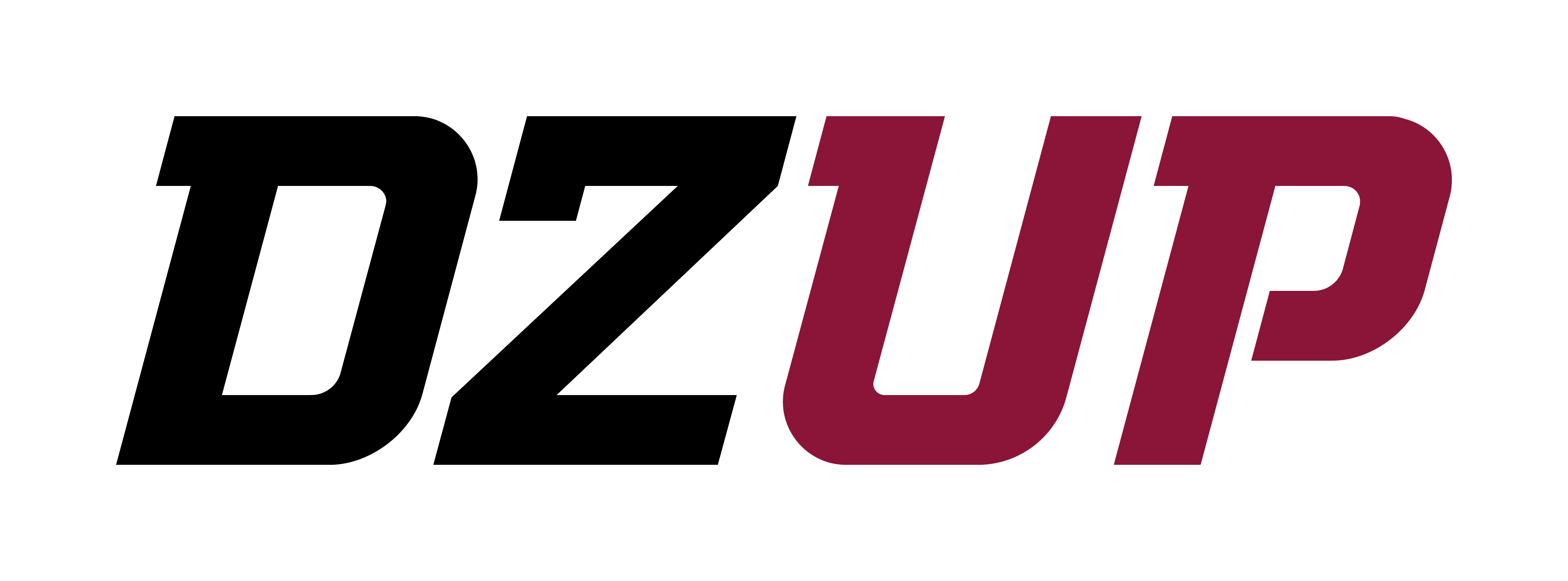The Office of the Vice Chancellor for Student Affairs (OVCSA) announced its final call for students to register in UP Diliman’s Bakunahan sa Diliman vaccination program happening on Saturday, Nov. 13 at the College of Human Kinetics Gym.
Both UP Diliman students and UP Intergraded School students aged 12 to 17 years old are eligible to register for the vaccine until Thursday, Nov. 11.
University Student Council (USC) Chairperson Jonas Abadilla previously said that students will be given Moderna jabs. So far, only Pfizer and Moderna shots are authorized to be administered to minors.
Although the UP Diliman COVID-19 Task Force has determined to end student vaccinations on Saturday, Abadilla said that there is still “a lot of supply of the vaccines that can be used to vaccinate more people.”
He adds that there are plans to extend the initiative until December.
Low turnout
The USC chair said that as of the end of October, the vaccination sensing form for UP Diliman students showed that from the 4,838 students who answered the survey, 2,929 have already been fully vaccinated while 506 have received at least one dose of the vaccine.
However, he emphasized that the survey represents only around 20% of the campus’ total student population of 24,000. He adds that one of the major challenges in conducting the program was the low turnout of prospective vaccinees.
“Recently, we still have a lot of vials of vaccines. However, there is a small turnout of students, faculty, and staff left to be vaccinated,” Abadilla revealed.
The USC Chair added that the OVCSA made the announcement to give students time to schedule their vaccination “as early as possible to reach the optimal number of stakeholders that are needed to be vaccinated to approve the request of the University for [the] gradual reopening of classes.”
Bakunahan sa Diliman
Third-year journalism student Rhenzel Caling was one of the students who were inoculated in the university’s vaccination program in October. He traveled from Bulacan all the way to the Diliman campus because he said the vaccination rollout in his own LGU was very slow.
“May pa lang registered na ko pero they only confirmed my slot nitong last week of October, after ko na makuha yung first dose sa CHK. Hindi raw kasi nila priority ang students,” he added.
According to Caling, the vaccination process was similar to other vaccination sites except that the vaccinees were asked to present proof that they are UP students such as their UP IDs or their Form 5, which serves as a student’s proof of enrollment to the university.
He said that the program went very smoothly with volunteers who briefed them on the vaccination process and were ready to accommodate their questions.
“Maaga rin sila nagstart, one hour before yung announced na 10 a.m. Mabilis lang din umusad yung pila, medyo natagalan lang ako sa monitoring dahil need daw longer observation dahil sa allergies ko. Usually 15 minutes lang kasi per person pero inabot ako ng 40 minutes,” he added.
Caling emphasized the importance of the initiative in preparing for the possibility of limited face-to-face classes, especially with Metro Manila currently under Alert Level 2.
READ: CHED bares conditions for face-to-face classes under Alert Level 2
“Nung nag-announce ang USC na may limited slots for students, talagang nag-effort na ko gumising nang maaga and lumuwas kahit na may pasok. Di ko rin nagawa yung [synchronous] activities sa dalawang classes, pero understanding naman mga profs,” he said.
He adds that he hopes for a UP system-wide procurement of vaccines to avoid logistical problems from sourcing limited jabs from the Quezon City local government.
“That way, mas may liberty sila to allocate it and expand the vaccination drive to other constituent units para rin accessible sa ibang students from provinces,” he added. DZUP

